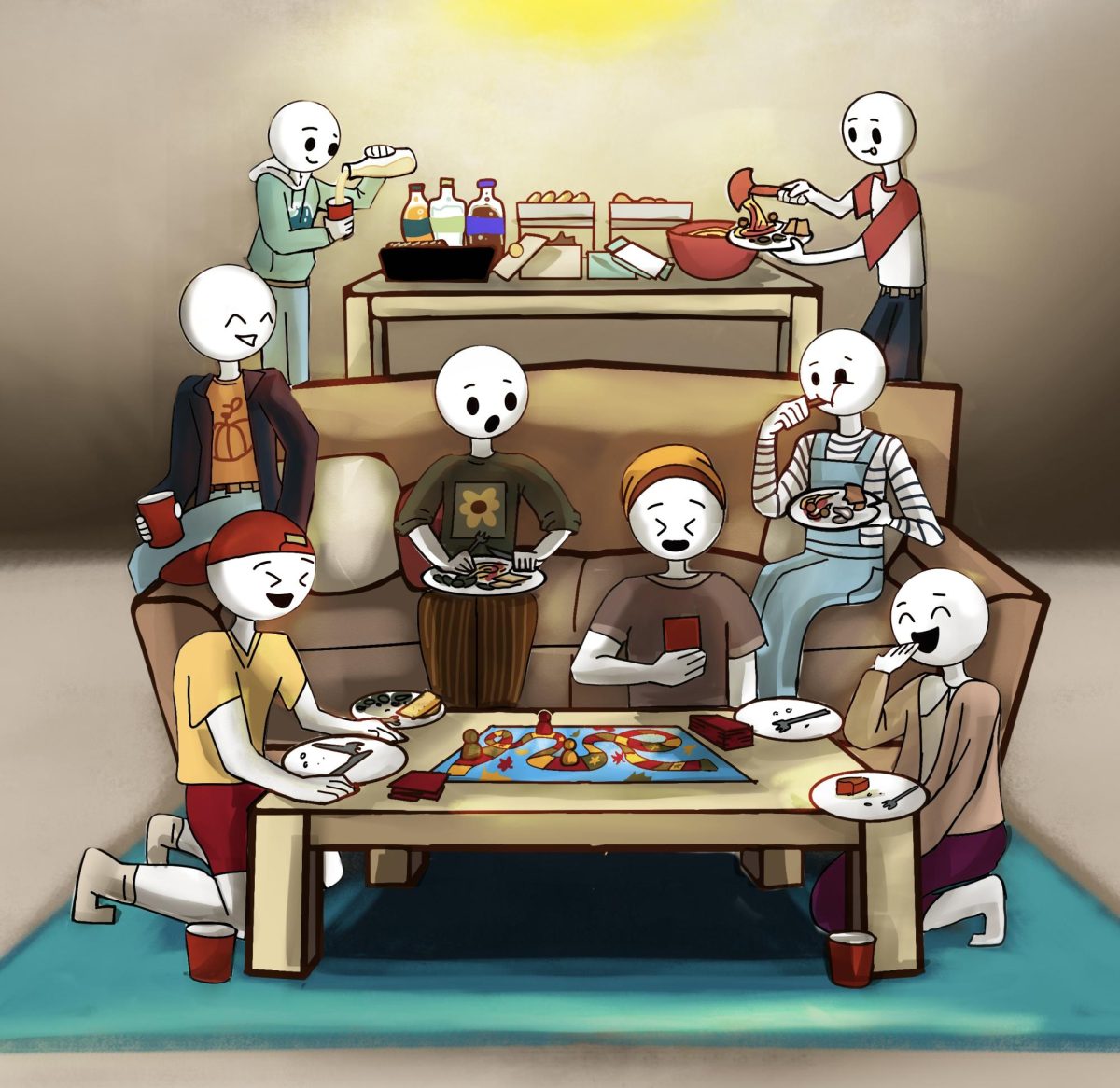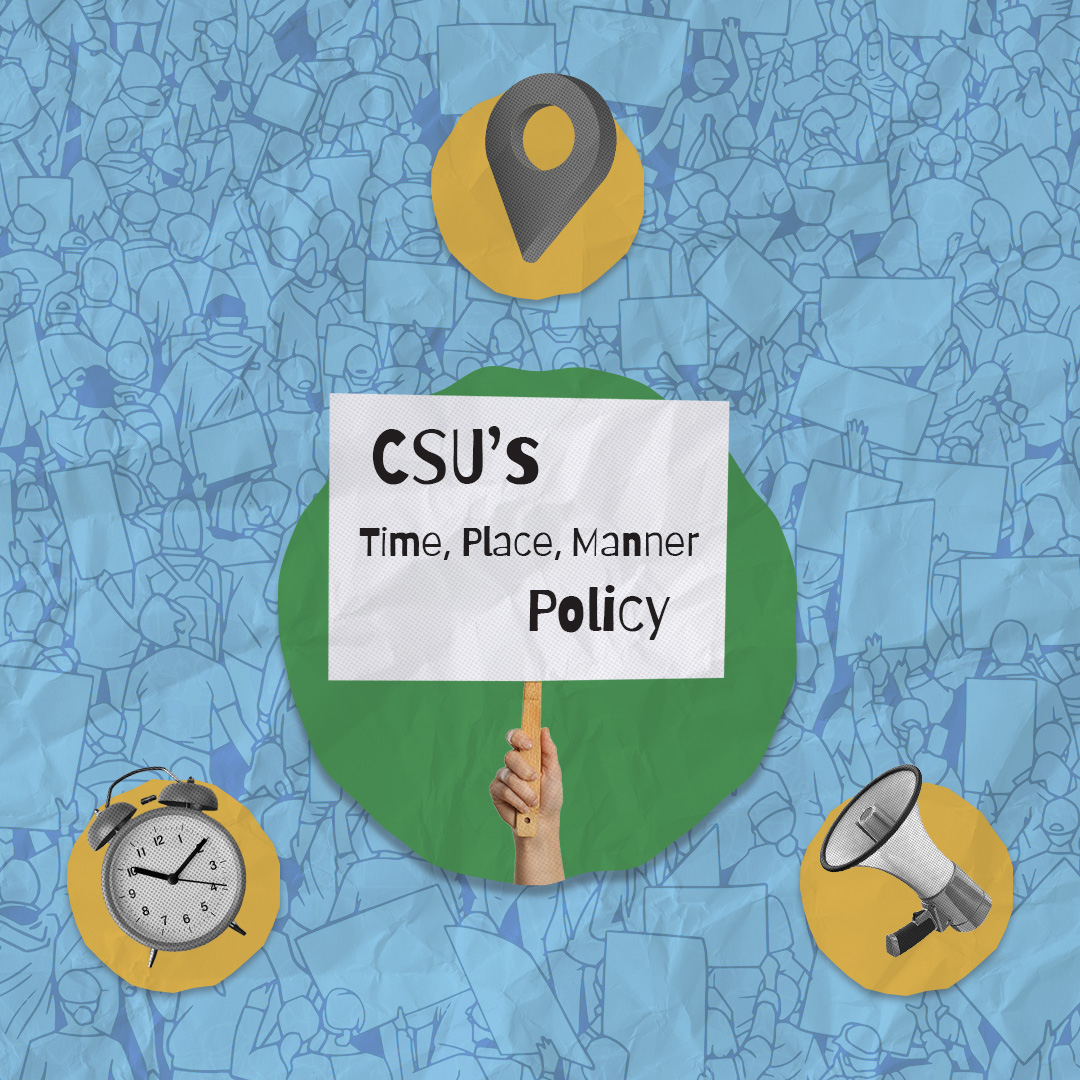
The ninth wonder of the world does indeed exist; it’s currently floating in the central Pacific Ocean and growing at a continuous rate. Various estimates place the size somewhere between two and three times the size of Texas, with more aggressive projections placing its size as larger than the entire continental U.S. But the ninth wonder is entirely man-made, a tragic result of massive amounts of waste, and is exclusively comprised of garbage, toxic chemicals and plastic. It’s known as the Great Pacific Garbage Patch, a sorry reflection of our industrial world and the total disregard we have for one of our most precious resources. The worst part? It hasn’t stopped growing. The more we voluntarily dump immense loads of pernicious waste into the ocean, the bigger it has grown. Human-contributed waste should not continue to find its way into the ocean. It’s time to make up for our regrettable actions.
The North Pacific Gyre is the location of the floating mass of waste, which resides southwest of San Diego. Its mass is carried through ocean currents that move in a circular motion, creating a convergence zone of garbage in the middle of the Pacific Ocean. The plastic to plankton ratio is 46-to-1 in some portions of the North Pacific Gyre. Plankton is one of the most abundant marine organisms in the world; for there to be more than 46 times as much plastic as plankton is sickening. But the story of garbage gyres doesn’t end there. Not to be outdone by its Pacific counterpart, oceanographers have documented another floating mass of garbage in the northern Atlantic Ocean. This smaller gyre is estimated to only span the distance from Cuba to Virginia, a paltry 900 miles.
Much of the floating debris in our oceans comes in the form of plastic. Plastic pollution is so apparent in the ocean that it has prompted the National Oceanic and Atmospheric Administration to recognize the new term “microplastic” to describe the immense levels of incredibly small pieces of plastic that never fully break down. The problem is so severe that a governmental agency, notorious for its reticent actions, has officially recognized a new word for describing the epidemic. This fact alone indicates there is a severe problem. These microplastics remain on the surface or deeper within the water and affect the entire marine habitat. Countless numbers of marine wildlife perish each day from ingestion of the plastic, entanglement, starvation or from other harm inflicted by plastics. Nemo isn’t lost; he’s dead after sucking down the bottle cap from your Cherry Coke.
As a result of our toxic behavior, various changes are currently occurring within the oceans. Acidification is changing the pH balance of the ocean, a direct consequence of the overabundance of carbon dioxide in the atmosphere. Eutrophication describes the increase of chemical nutrients in the water, which changes the composition of biology within the ocean and sadly creates “dead zones” devoid of life. Dumping of toxins from poisonous chemicals has already influenced the food chain in locations such as Japan where dangerous mercury levels can prove to be fatal. Plastics are leaching bisphenol A, another potentially toxic chemical. And there are numerous other detrimental impacts human life is having upon the ocean, as larger ecosystems and species are being devastated. These processes are not naturally occurring changes; none would happen without negligent human action.
The waste generated by humans is an absurdly rampant problem in our oceans. Overconsumption, lack of adequate recycling and general garbage feed the problem, as well as oil spills and the illegal industrial dumping of toxic waste. Yet whether you’re a surfer, swimmer or have a steady pulse, you can find some beauty and admiration for our oceans. The mystique and splendor are simply awe-inspiring. Despite these feelings, our behavior indicates our precious oceans should serve the hazardous purpose of being a trash can. The larger impacts read like a regular catalog of horrors: loss of habitat, total environmental degradation, wildlife entanglement, extinction of marine life, significant economic ramifications, human health risks, even aesthetic demise. What end will compel us to examine our consumption habits and realize we are drastically affecting our oceans?
Consumption habits need to change, and global awakening and action are imperative. Call your congressman, write a letter to the editor, volunteer at a beach cleanup or donate to organizations such as the Surfrider Foundation or Ocean Defenders Alliance. Change your individual consumption habits, use less plastic, boycott environmentally damaging companies or even just talk with someone about the issue. Raise awareness. We must change our actions. Ocean dumping and marine pollution are some of the vilest and most reprehensible actions we as humans take against the environment. It’s time to stop.
—Brody Burns is seeking a master’s in business administration.
— The views expressed in this column do not necessarily reflect the opinion of The Daily Aztec.






